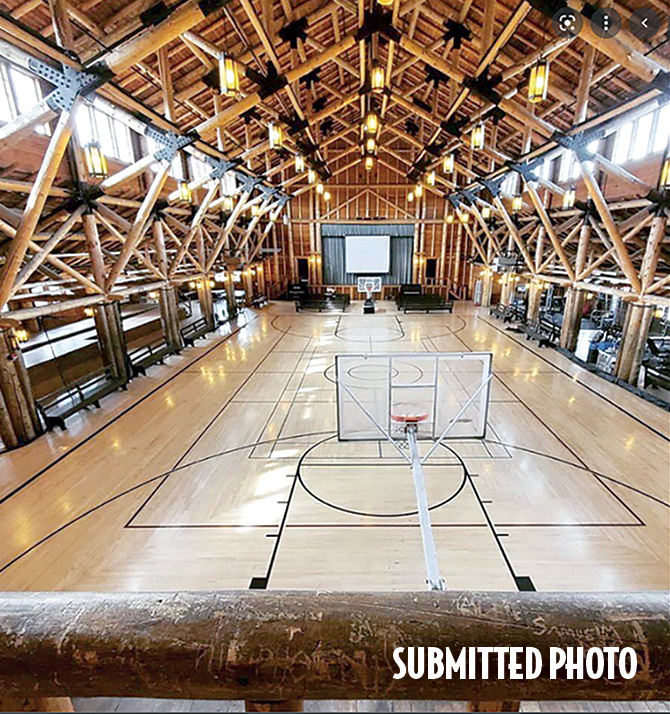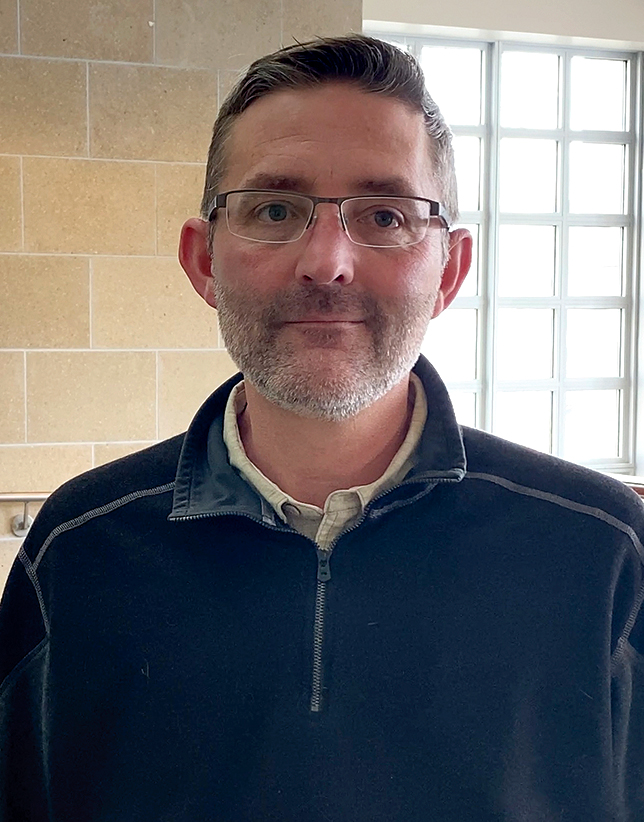Sho-Ban Tribes get ready for Yellowstone National Park 150th

Yellowstone National Park Old Faithful Lodge.
By LORI ANN EDMO
Sho-Ban News
GARDINER, Mont. — The Shoshone-Bannock Tribes is participating in Yellowstone National Park’s 150-year anniversary August 25 when various tribal displays and presentations will be presented at the Old Faithful Lodge Recreation Hall.
Yellowstone is one of the many homelands of the Shoshone-Bannock Tribes. The military forced tribal ancestors out of the area prior to it becoming a national park.
Tribal members are encouraged to contact the Language and Cultural Department regarding reserved camping space. A bus is available to transport tribal elders to the event but they must sign up with LCPD before August 19 to assure a spot.
Donna Thompson, Fort Hall Business Council vice chairperson said Yellowstone National Park is literally in the backyard of the Shoshone and Bannock Tribes. The Shoshone and Bannock people were the original inhabitants of the Yellowstone area. “We did not just visit and travel through the area; we were the native residents. However, our people were forcibly removed from the area in 1872 as Congress enacted the Yellowstone National Park Protection Act which President Ulyssess Grant later signed.” Since it’s establishment, Yellowstone National Park has emphasized their administrative history and ignored tribal history, she said. Only recently has the Yellowstone National Park history acknowledged and shared the native history.
Thompson said it is essential for the public to understand the importance of Yellowstone to our people, as it is a significant and sacred place. “We continue to value the lands, the resources within the Park, and the stories of our people. We ask all visitors to be respectful to the land and urge people to learn the native history of Yellowstone.”

Christina White, Chief of External Affairs and Partnerships
for YNP
Christina White, Chief of External Affairs and Partnerships for Yellowstone National Park, said park officials spent a lot of time thinking what it means for the anniversary and what it should be. They had a lot of conversation with the public and tribal nations — they questioned are we going to have birthday parties, a celebration? But none of those things felt quite right.
She said it’s an opportunity for them to reflect on the establishment of the park — what it means to people. She noted there’s a lot written about Yellowstone Park’s establishment and its significance for the national park service and for protected areas worldwide. “I think a story that is really under told is the significance of the park for the people that were living here, the people that were using this land before it was a national park,” White said.
They see it as an opportunity to have some dialogue both among themselves, with all of their partners and the public about what the establishment of the park meant good and bad.
White explained when they started having conversations with tribal nations, in particular one of the things they kept hearing is “we want more of a presence in the park, we want to be able to tell our own stories, we want people to know we are still here.”
Park officials see it as an opportunity to do things a little bit better than in the past so “we have a series of things we are working on this year.” They kicked it off on March 1 with a virtual symposium with tribes from the Wind River Reservation talking about tribal involvement in park management decisions, in May they participated in a science conference hosted by MSU in Bozeman. In May, they traveled to Cody, Wyo. where the University of Wyoming Law School and School of Environment hosted a conversation about past, present and future management of Yellowstone, tribal connections, co management in government, tribal participation in decisions moving forward.
White said in June they were honored to be at the Wind River Reservation in person where they continued a similar conversation. They also opened a Yellowstone Tribal Heritage Center – a partnership with Yellowstone Forever – it’s really a response to the feedback they heard – the Park service hasn’t always done a great job in telling tribal stories as tribes want to tell the stories themselves – creating a space that is dedicated to tribal nations that are associated with the park. Park officials will see how it goes, what the needs are and how to best facilitate that space into the future.
In August Park officials are working with Mountain Time Arts and a number of their partner organizations to host a project called Yellowstone Revealed – the idea behind it is to show that tribes aren’t returning to Yellowstone but are revealing the presence that has always been there. Part of that effort is the tipi village – an All Nations Tipi Village at Madison Junction August 23 to 27 where 12 tipi lodges and 15 tipi rings that signify a new era of indigenous inclusion and representation in YNP. A community of tribal representatives sharing knowledge with Park visitors will happen.
Tobin Roop, YNP Cultural Resources branch chief helps manage the parks archaeological resources and the library archives. He coordinates government to government consultation between the 27 associated tribes in the park.

Tobin Roop, YVP Cultural Resources branch chief
Concerning the Yellowstone anniversary, he is trying to engage with the 27 associated tribes, both at a government to government scope and also in an informal setting to highlight that relationship between the tribes and the park as part of our 150th anniversary. “We are always looking to try and collaborate with the 27 associated tribes and I think we will do that in the future,” Roop said.





